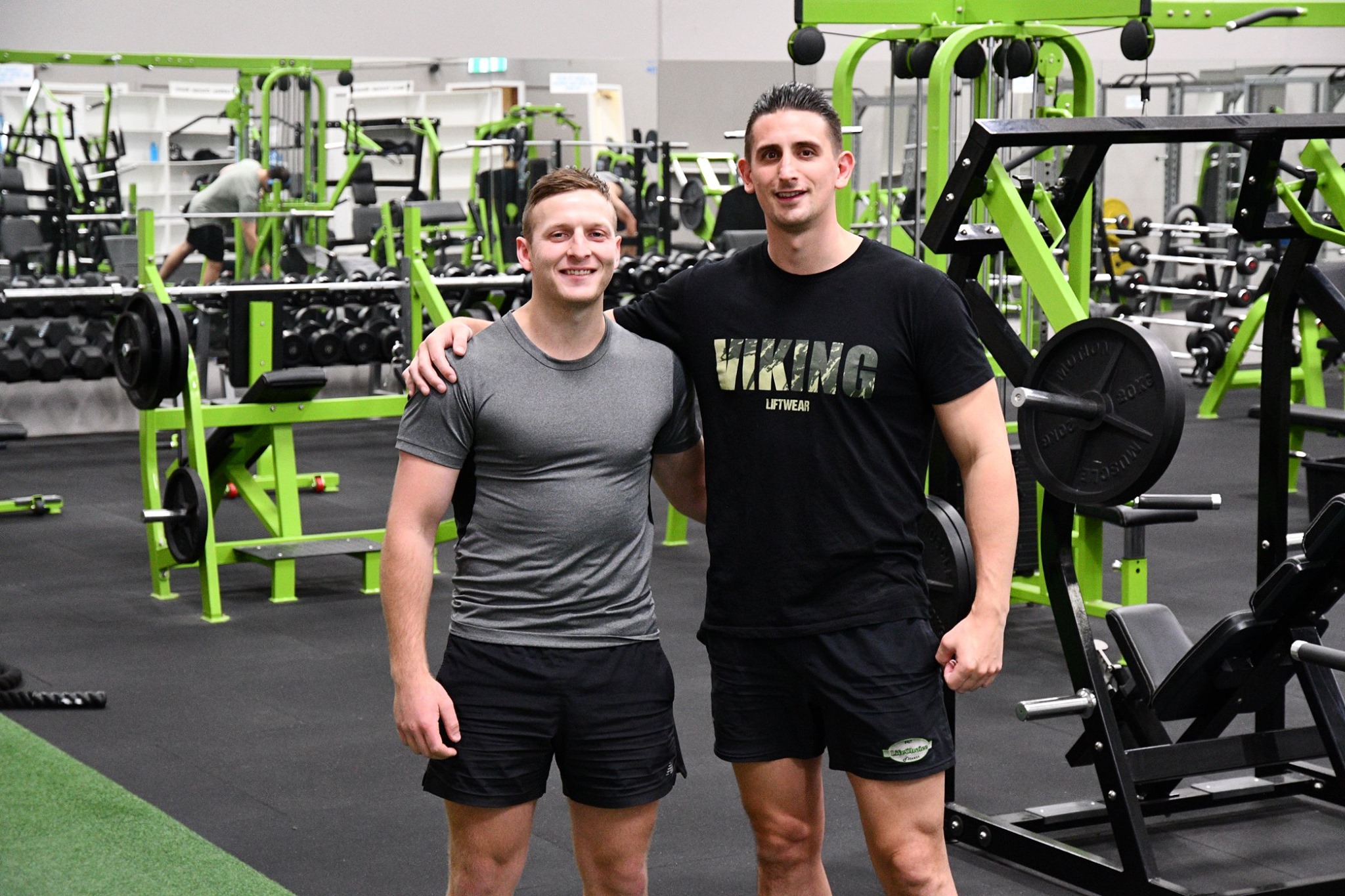When it comes to strength training, few topics create more confusion than rep ranges. Should you lift heavy for low reps? Go moderate for muscle size? Burn it out with high reps? So, the truth is, each rep range serves a purpose—and understanding how to use them is key to achieving your goals.
Whether you’re training for power, hypertrophy, or muscular endurance, dialing in the right rep scheme can take your results to the next level. In this article, I’ll break down the most common rep ranges, what they’re best used for, and how I’ve applied them across my training programs to help clients maximize performance and physique.
1–5 Reps: The Power Zone
This is where raw strength is built. Performing 1–5 reps per set at a high percentage of your one-rep max (85–100%) targets the nervous system, improving also your ability to lift heavy weights and recruit more muscle fibers.
Best for:
- Maximal strength
- Neural efficiency
- Explosive athletic performance
Low-rep compound lifts like heavy squats, deadlifts, and bench press help develop raw power and force production. This rep range is also great for athletes where explosive movements and maximal strength translate directly to performance.
6–12 Reps: The Hypertrophy Sweet Spot
Ask any seasoned bodybuilder or physique athlete and they’ll tell you—this is the golden rep range for muscle growth. So training in the 6–12 rep range provides the perfect blend of mechanical tension, metabolic stress, and muscle damage—three key drivers of hypertrophy.
Best for:
- Building muscle mass
- Increasing muscle definition
- Balanced strength and size gains
This range is ideal for shaping major muscle groups with controlled tempo and progressive overload. Techniques like supersets, rest-pause sets, and time under tension work well here to maximize results.
13+ Reps: The Endurance and Burnout Zone
Higher rep ranges improve muscular endurance and deliver that deep burn most of us love (and hate). While not ideal for maximal strength or size, they play a valuable role in finishing workouts, targeting slow-twitch muscle fibers, and building work capacity.
Best for:
- Muscle endurance
- Calorie burn
- Burnout sets and accessories
High-rep accessory sets and ab circuits are effective ways to increase muscular endurance without sacrificing form. Finishers and isolation sets in this range can help dial in muscle detail and also enhance fatigue resistance for aesthetic refinement.
How to Use All Three The best programs don’t stick to one rep range—they evolve. So here’s how I typically cycle them:
- Start with low reps (1–5) to build strength and neural capacity.
- Move to moderate reps (6–12) to increase size and hypertrophy.
- Finish with high reps (13–20) to improve endurance and conditioning.
This structure ensures you develop strength, size, and stamina in phase. Exactly how I designed the Legion Trilogy to progress users from beginner gains to sculpted mastery.
Conclusion: The Right Range for the Right Goal
There’s no “best” rep range—only the best rep range for your current goal. Understand what each range delivers, and you’ll unlock smarter, more effective training.
So train smart, stay consistent, and remember—results aren’t just about lifting more, they’re about lifting with intention.
Sean Currey Fitness




